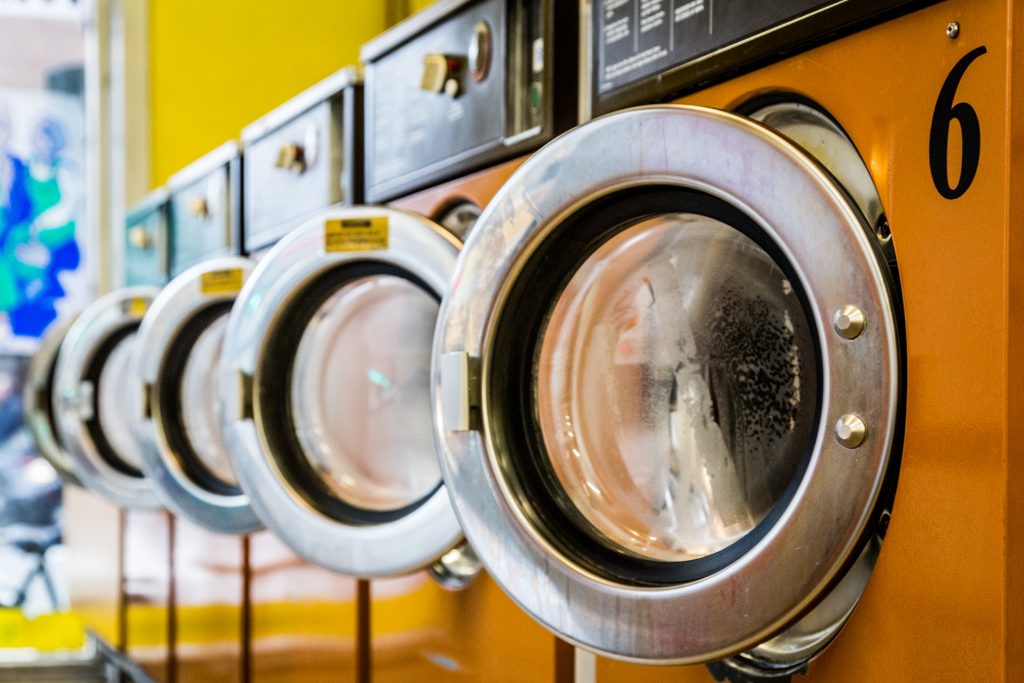Raphael Wasserbaur is a PhD student at Linköping University and participates in the research in Mistra REES. He emphasizes that the Swedish communal laundry room is like a school-book example of how a resource can be used more efficiently by developing alternative models for traditional ownership. We have talked to him about the research he is doing.
Tell us about your research!
Currently, I work with two research projects. One is the EU-funded Circular European Economy Innovative Training Network, which consists of fifteen doctoral students. Within the program, various aspects linked to the circular economy are studied, such as, for example, consumer behavior and environmental impact. My second project is part of Mistra REES (resource-efficient and effective solutions) – which is a research collaboration between Linköping University, Chalmers and Lund University. My role here is a bit special because I focus on the system perspective to be able to analyze how things can be made more resource efficient. The study on laundry rooms is also my first project within Mistra REES.
What makes laundry rooms so interesting? Is the Swedish communal laundry room really so unique?
The Swedish model with the common laundry room is interesting for several reasons – first and foremost, it is a school-book example of how a resource can be used more efficiently by developing alternative models for traditional ownership. It is also extra interesting because the laundry room has been around for so long and has also been developed in one of the world’s richest countries.
To begin with – the common laundry rooms have larger washing machines, which means that larger quantities of clothes can be washed per wash. A common laundry room also means that space in your home that would otherwise have to be used for a washing machine can be used for other purposes. The washing machines are not only larger – they are often of higher quality and more modern, which means that they are also more energy efficient. Often, it is also possible to utilize district heating to heat the water – which makes the energy savings even greater – as it is the heating of the water that devours the most energy.
How can your research contribute to a better world?
In our research, we look at how politics, business models and product design can contribute to increased resource efficiency. In this way we get a bigger and broader perspective. By studying the laundry room, we can get a better understanding of how resources can be used more efficiently and how new business and service models should be designed to function optimally.
What have you come up with? Is there anything that has surprised you in your research?
An interesting observation is that communal laundry rooms in Sweden seem to be increasingly uncommon. It is becoming increasingly common for people to buy their own washing machine even though they live in apartment blocks. Some argue that in future there will only be common laundry rooms in socio-economically weak areas or in buildings with high housing costs.
Everyone agrees that common laundry rooms have great environmental benefits. Despite this, it seems that many households give priority to convenience and buy their own washing machines instead of utilizing the common laundry rooms available.
How can the laundry system inspire and facilitate the transition to a more circular economy?
By analyzing the laundry model from a system perspective, we gain valuable knowledge that can also be applied in other areas. These insights facilitate the work of developing new business models and instruments. Much of what we learn from the communal laundry study can be applied directly to other areas; an example is the systems with car pools that are starting to develop in different parts of the world.

Row of washing machines in a laundromat
